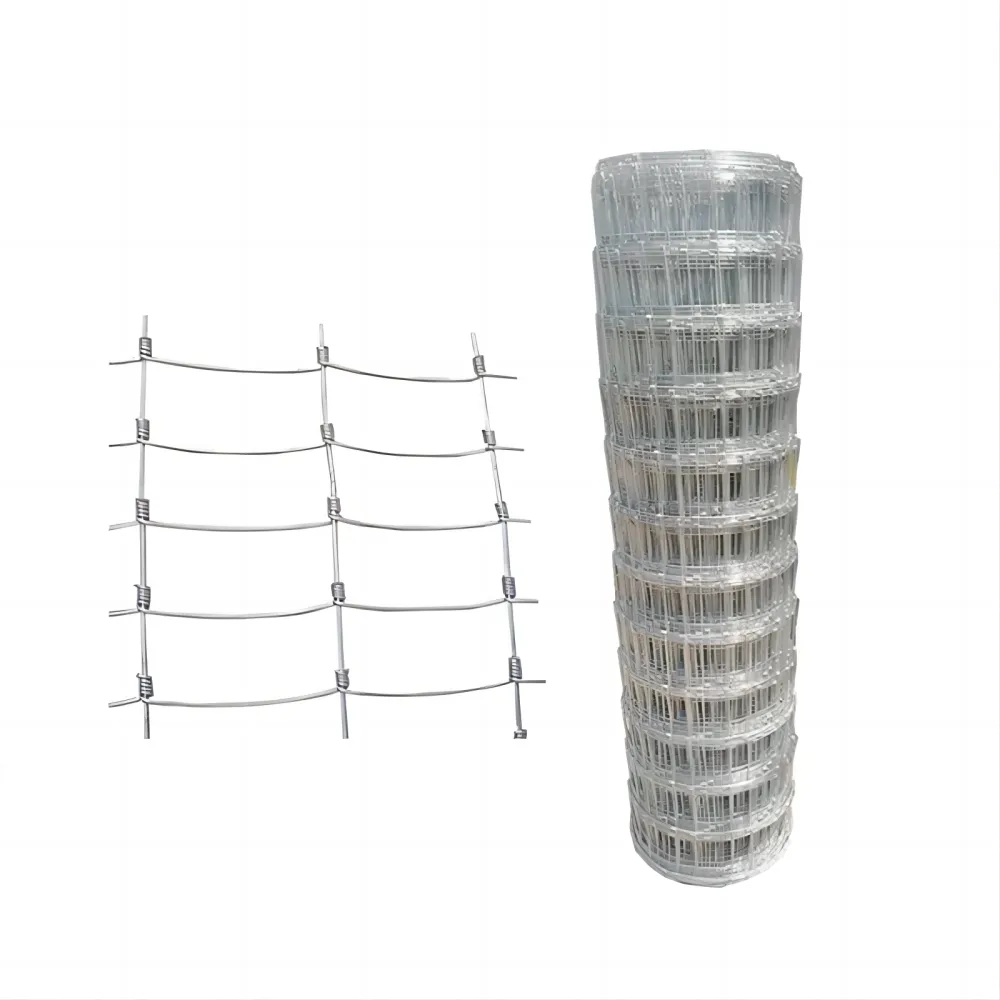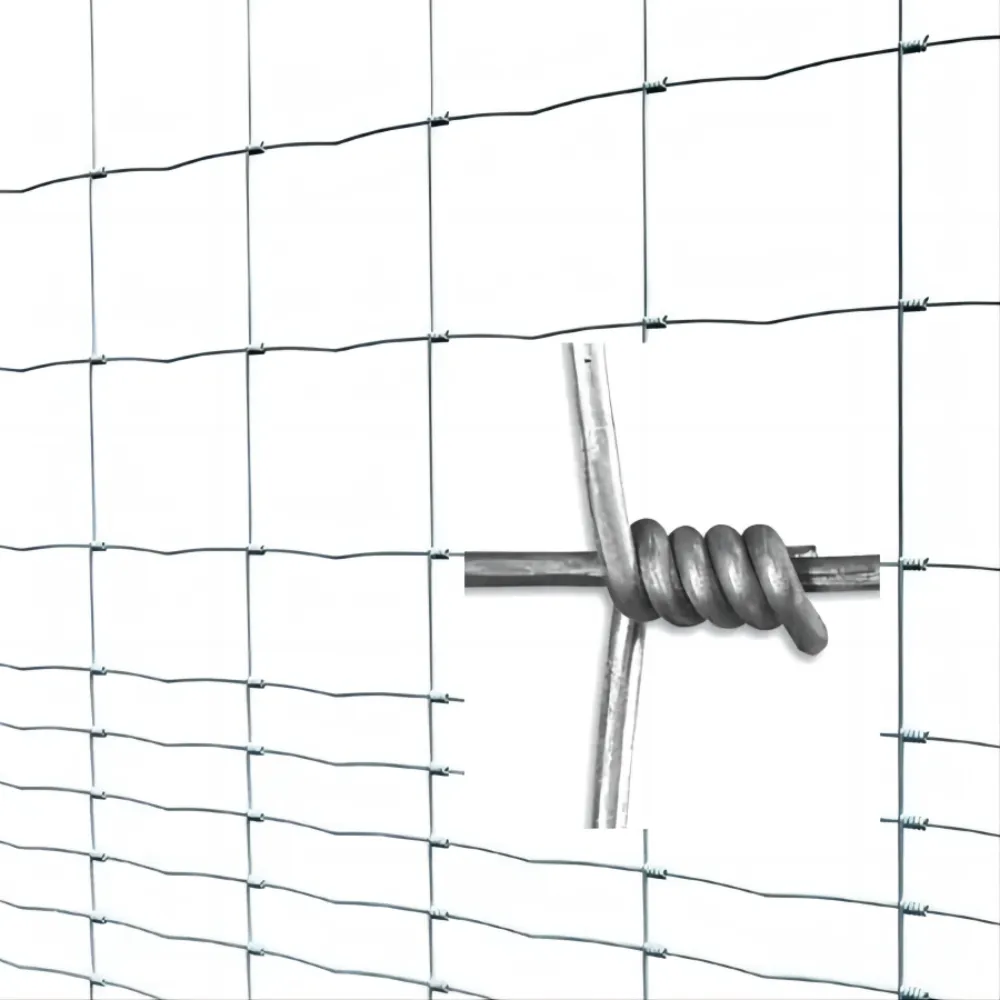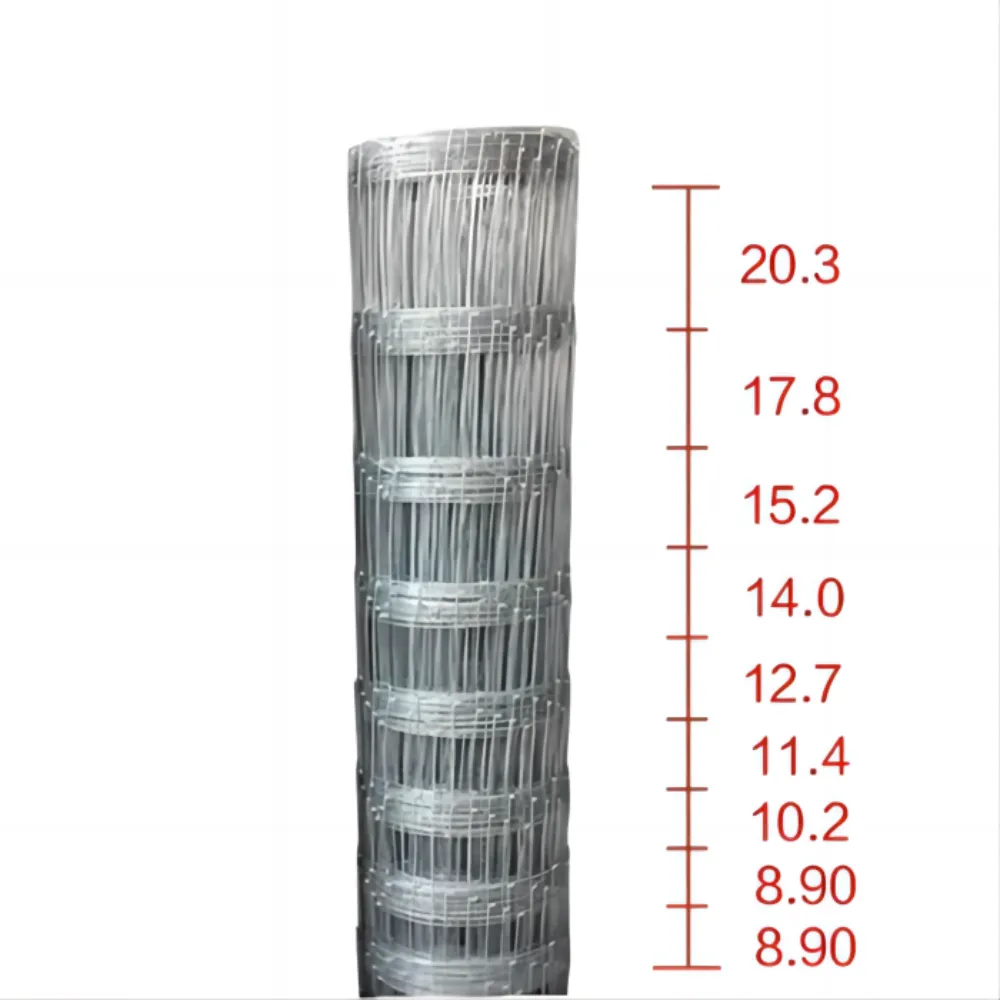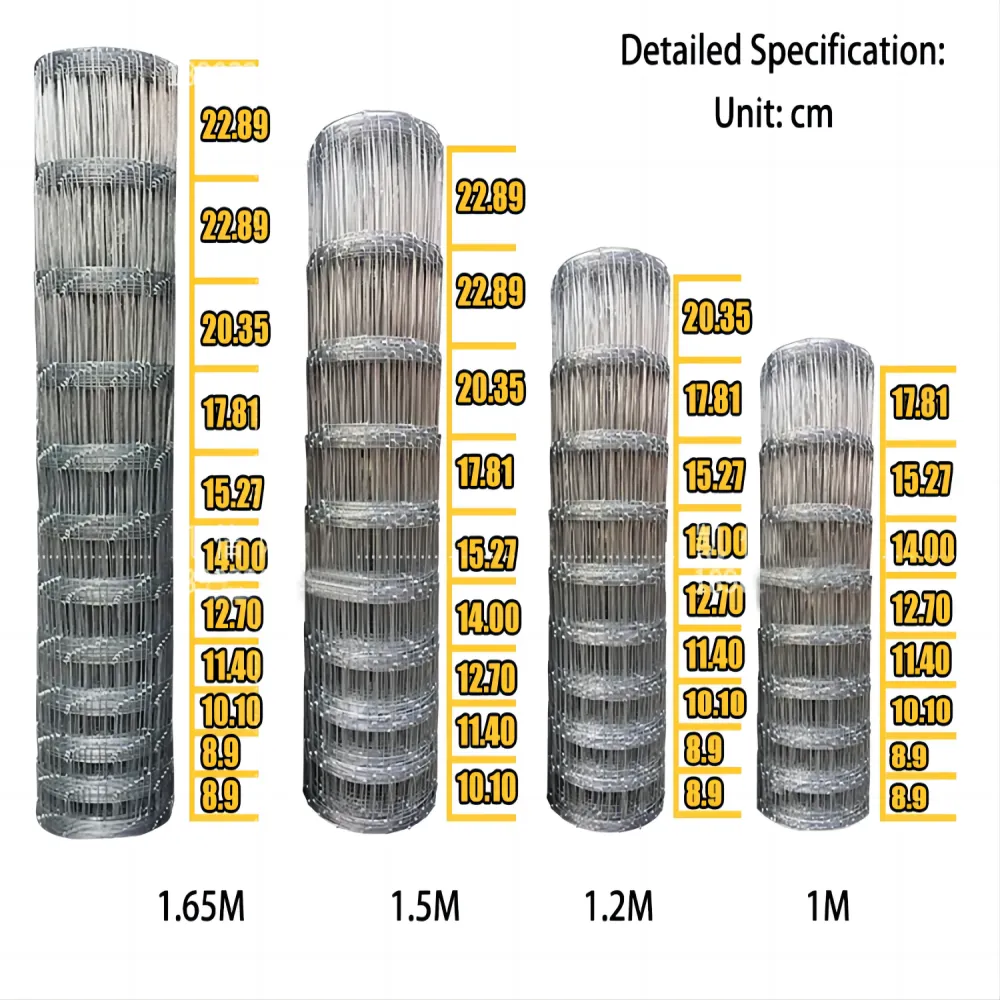Теренска ограда


Description
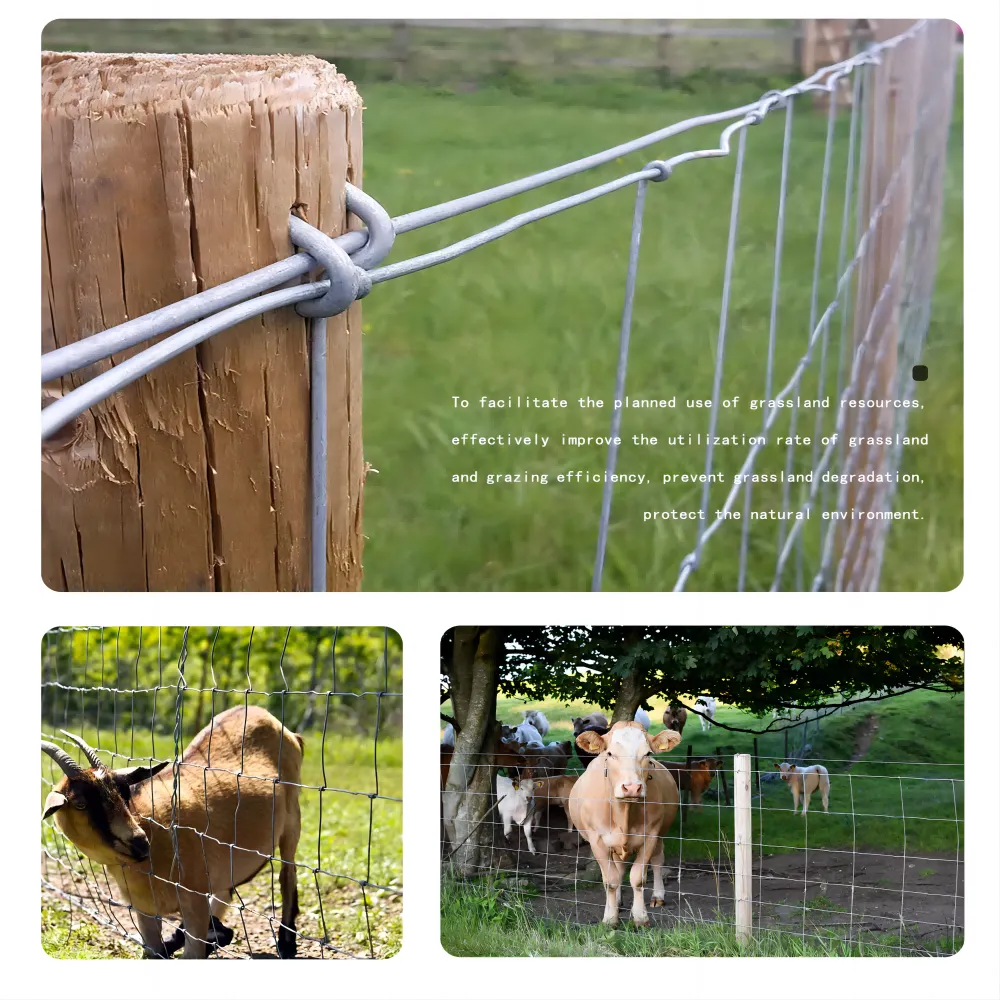
Materials and Manufacturing: Field Fence is typically crafted from high-tensile, galvanized steel wire, ensuring excellent corrosion resistance and durability. The manufacturing process emphasizes quality to guarantee a robust and long-lasting product.
Applicability: The fence is suitable for various types of livestock, including cattle, horses, sheep, deer, and more. Its design takes into consideration the specific needs of these animals, providing a secure environment for their containment.
Connection Designs: Field Fence offers versatile connection designs such as Square Knot, Hinge Joint, and Fixed Knot. These designs contribute to the fence's strength, flexibility, and stability, catering to different preferences and requirements.
Weather Resistance: The use of galvanized steel wire enhances the fence's resistance to adverse weather conditions, ensuring its effectiveness in various climates.
Installation: Field Fence is designed for easy and quick installation on different terrains, making it a convenient choice for agricultural settings with varying landscapes.
Cost-Effective: As an economical and popular choice, Field Fence provides a cost-effective solution for large-scale livestock containment, contributing to the efficiency of agricultural operations.
|
Style specification |
weight |
Edge |
Inner |
|
|
7/150/813/50 |
102+114+127+140+152+178 |
19.3 |
2.5 |
2.0 |
|
8/150/813/50 |
89(75)+89+102+114+127+140+152 |
20.8 |
2.5 |
2.0 |
|
8/150/902/50 |
89+102+114+127+140+152+178 |
21.6 |
2.5 |
2.0 |
|
8/150/1016/50 |
102+114+127+140+152+178+203 |
22.6 |
2.5 |
2.0 |
|
8/150/1143/50 |
114+127+140+152+178+203+229 |
23.6 |
2.5 |
2.0 |
|
9/150/991/50 |
89(75)+89+102+114+127+140+152+178 |
23.9 |
2.5 |
2.0 |
|
10/150/1245/50 |
102+114+127+140+152+178+203+229 |
26.0 |
2.5 |
2.0 |
|
10/150/1194/50 |
89(75)+89+102+114+127+140+152+178+203+229 |
27.3 |
2.5 |
2.0 |
|
19/150/1442/50 |
89+102+114+127+140+152+178+203+229 |
28.4 |
2.5 |
2.0 |
|
11/150/1442/50 |
89(75)+89+102+114+127+140+152+178+203+229 |
30.8 |
2.5 |
2.0 |


ПРИМЕНА
Field fence is a kind of mesh used in cattle, goat, deer, and pig. It is used for grassland, pastures, protection of ecological projects, protecting grassland, forestry, highway, and environments



Specifications

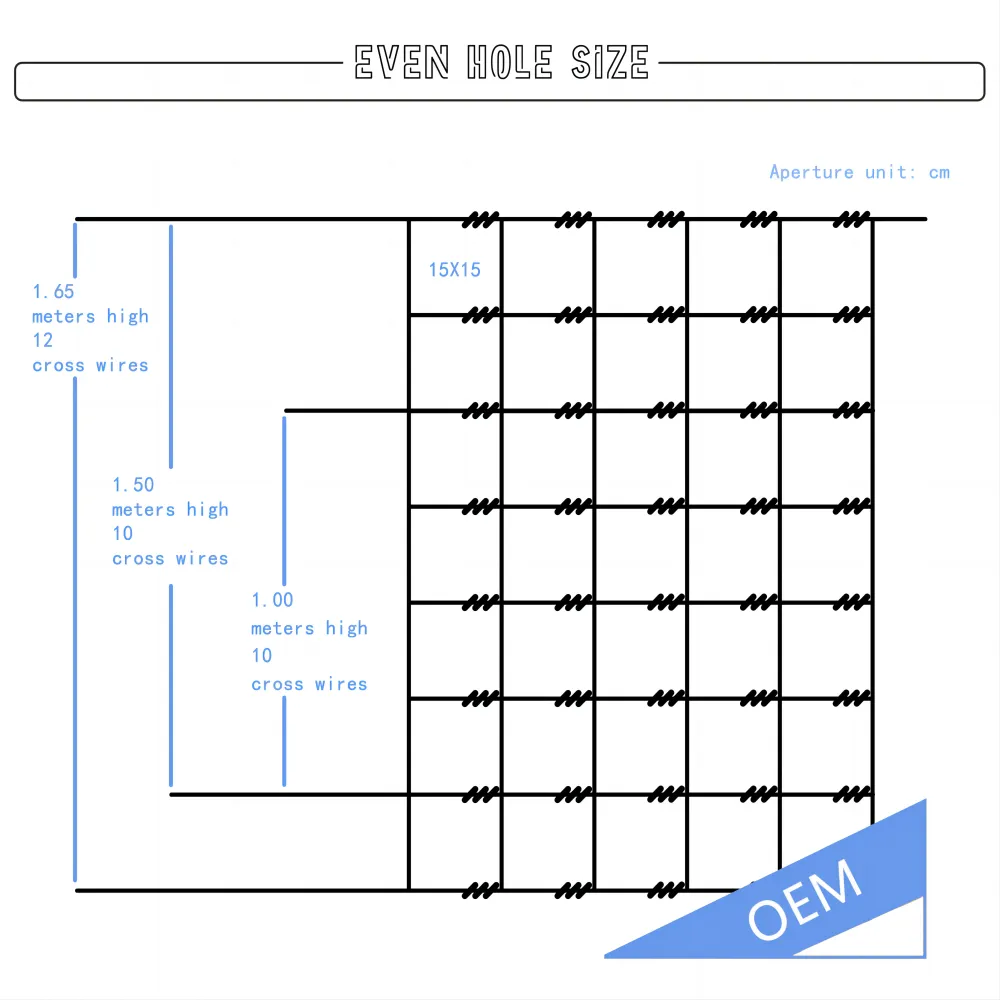
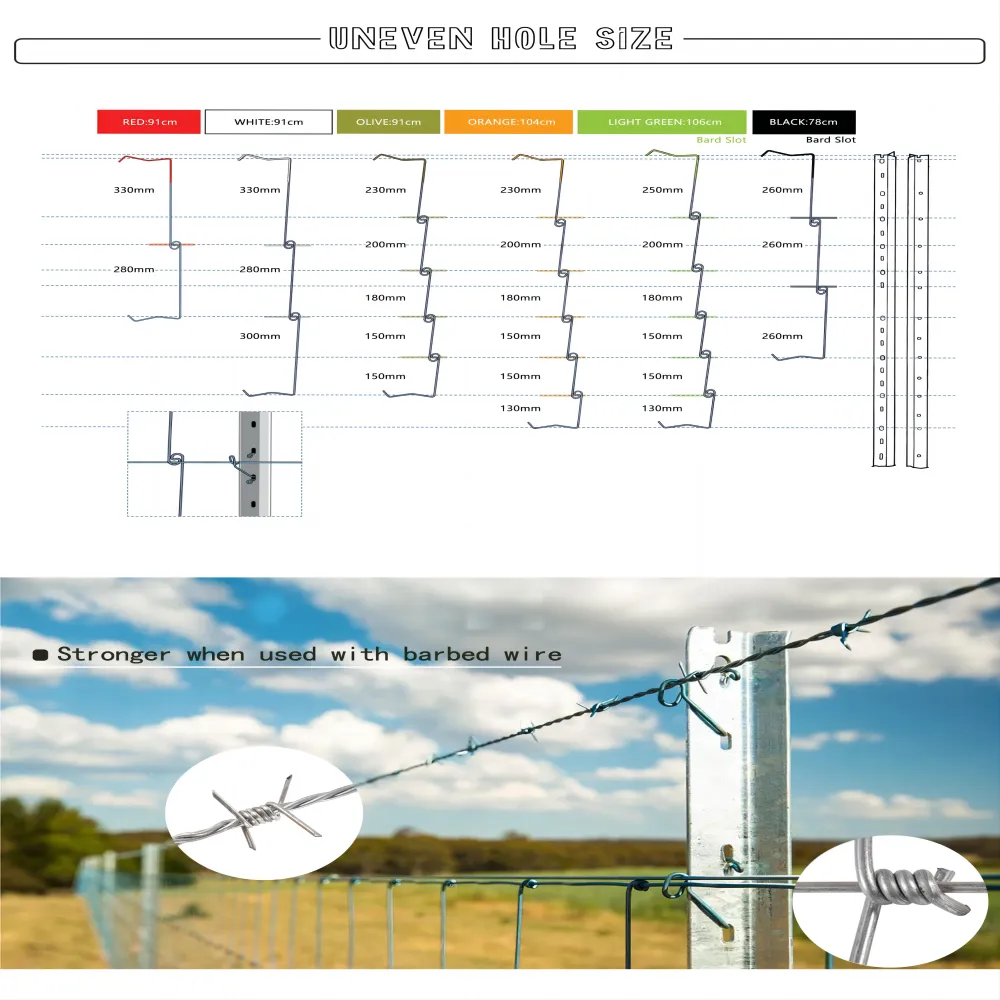


Packing
1.Nude packing
2.Plastic film
3.Wood pallet

Најчесто поставувани прашања
How far apart should posts be for fixed knot fence?
The ideal distance between posts for a fixed knot fence largely depends on factors such as fence design, materials, purpose, and terrain. However, the recommendation for post spacing is typically between 10 to 25 feet apart.
What is a fixed knot?
A fixed knot is a type of advanced knotting technique used primarily in fencing and agricultural applications. This knot is known for its superior strength, durability, and resilience compared to traditional hinged joints, making it ideal for withstanding various environmental conditions and stresses.
Why is it called a knot?
The fixed knot is created by securely wrapping the vertical and horizontal wires of a fence, creating a continuous and uninterrupted connection. This design eliminates the possibility of joints unraveling or loosening over time, maintaining the structural integrity of the fence.
What are the benefits of a fixed knot fence?
One of the main advantages of a fixed knot is its ability to last up to three times longer than traditional hinged joints. This is due to the increased tensile strength and rigidity of the knot, preventing it from becoming compromised by daily wear and tear. As a result, fixed knot fences often require less maintenance and repairs over their lifespan.
-
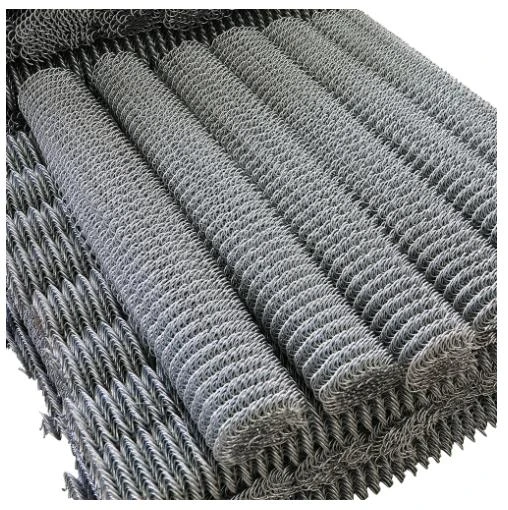 21Feb`24Company NewsSpace-Saving Chain Fence Hacks Vertical Gardening with Cyclone MeshIn urban living and small - space gardening, maximizing every inch of available area is crucial.
21Feb`24Company NewsSpace-Saving Chain Fence Hacks Vertical Gardening with Cyclone MeshIn urban living and small - space gardening, maximizing every inch of available area is crucial. -
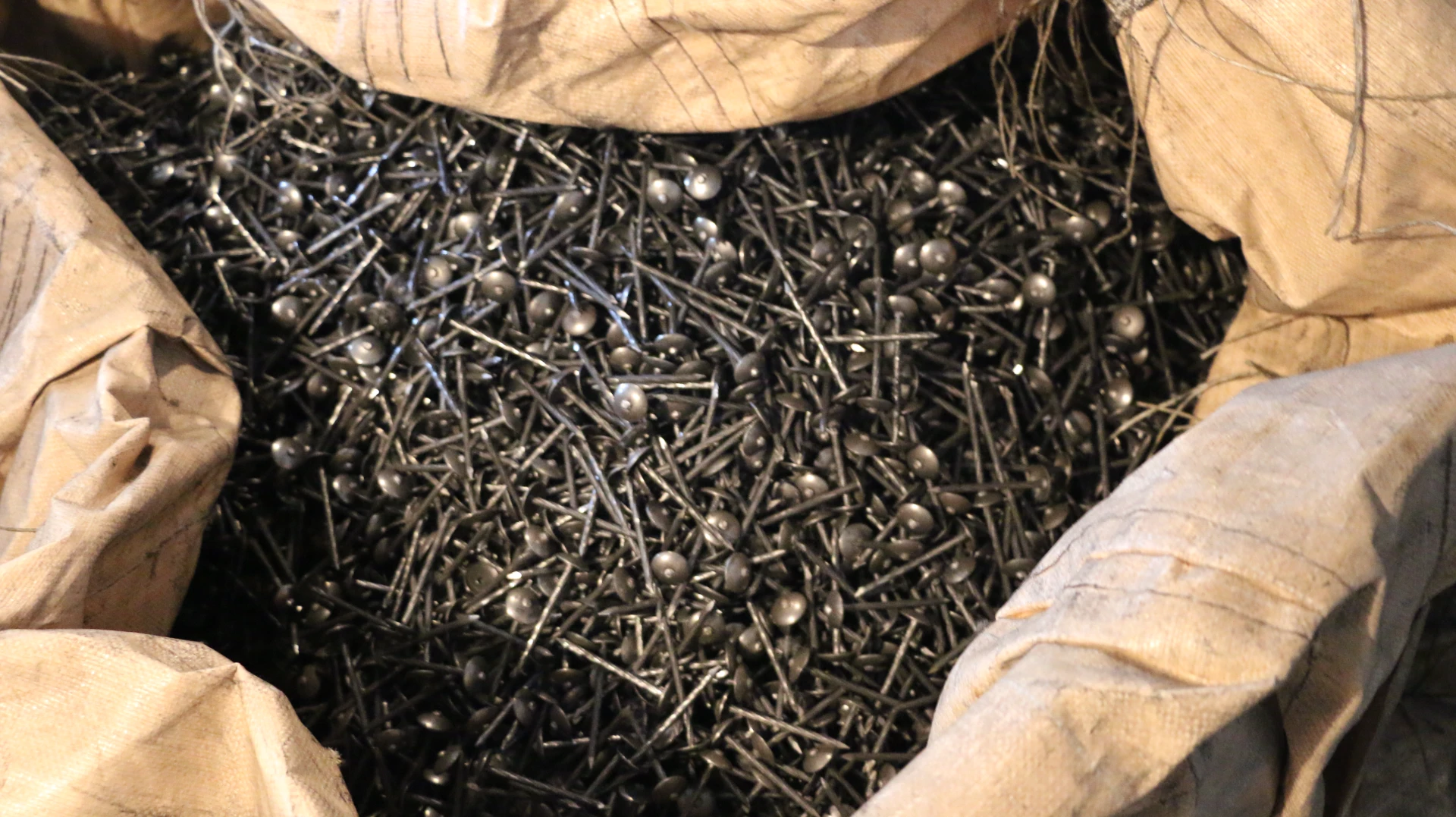 21Feb`24Company NewsInnovations in Iron Nail Wire Production for Modern ConstructionIn the dynamic realm of modern construction, the demand for high - quality fastening materials is ever - increasing.
21Feb`24Company NewsInnovations in Iron Nail Wire Production for Modern ConstructionIn the dynamic realm of modern construction, the demand for high - quality fastening materials is ever - increasing. -
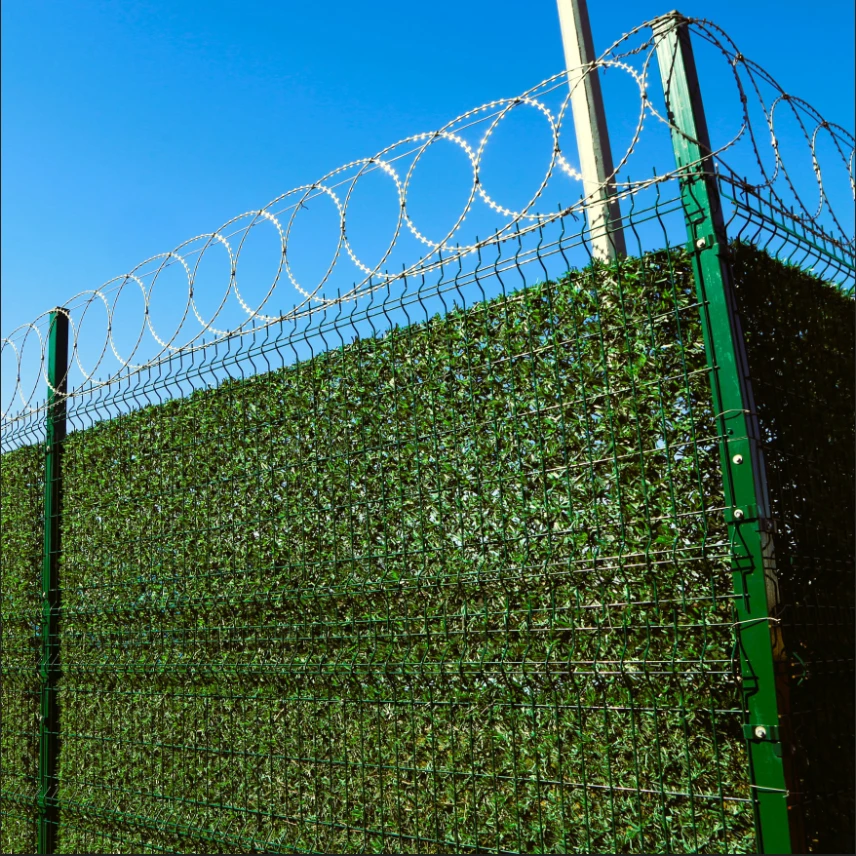 21Feb`24Company NewsCreative Uses of Wire Netting Fence in Modern Landscape DesignIn the ever - evolving world of modern landscape design, creativity and functionality go hand in hand.
21Feb`24Company NewsCreative Uses of Wire Netting Fence in Modern Landscape DesignIn the ever - evolving world of modern landscape design, creativity and functionality go hand in hand.


